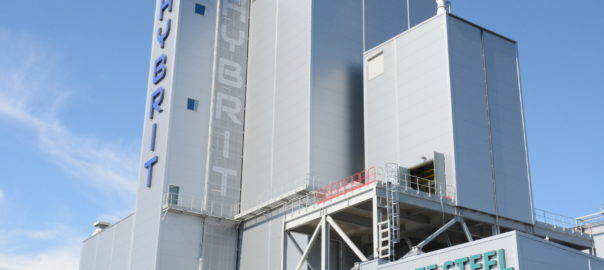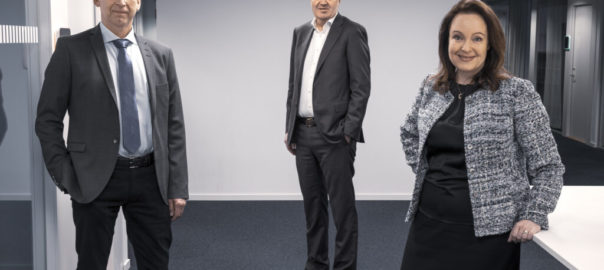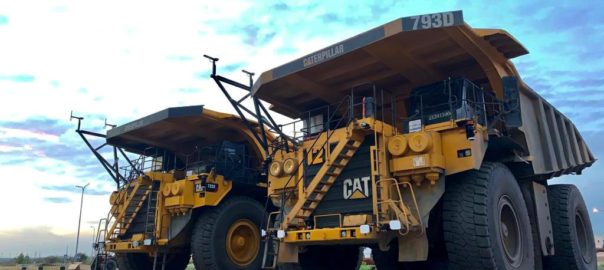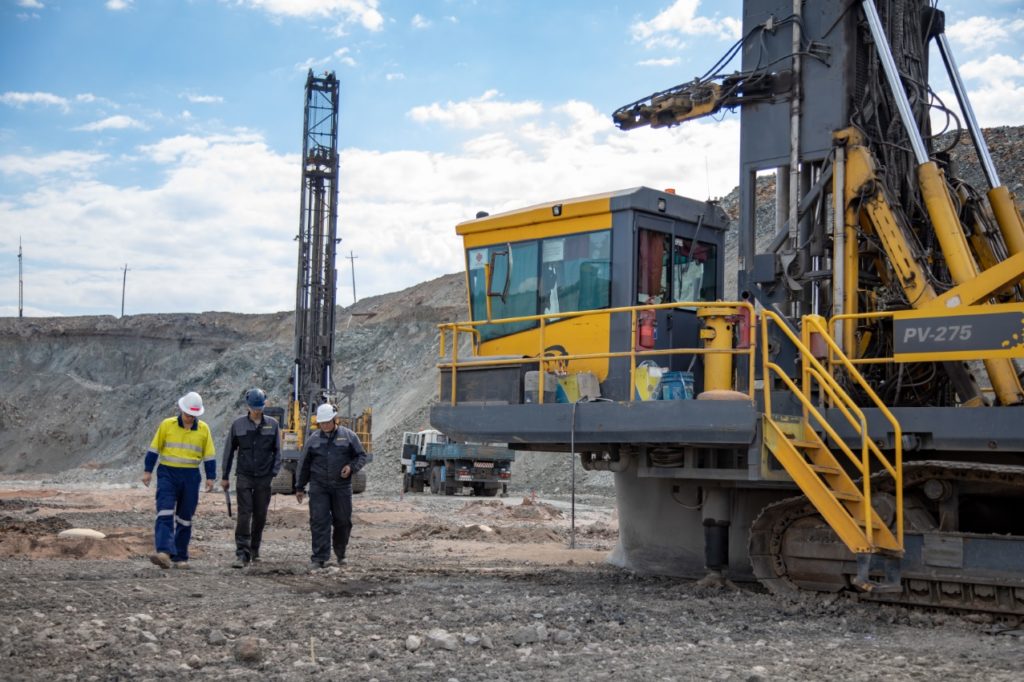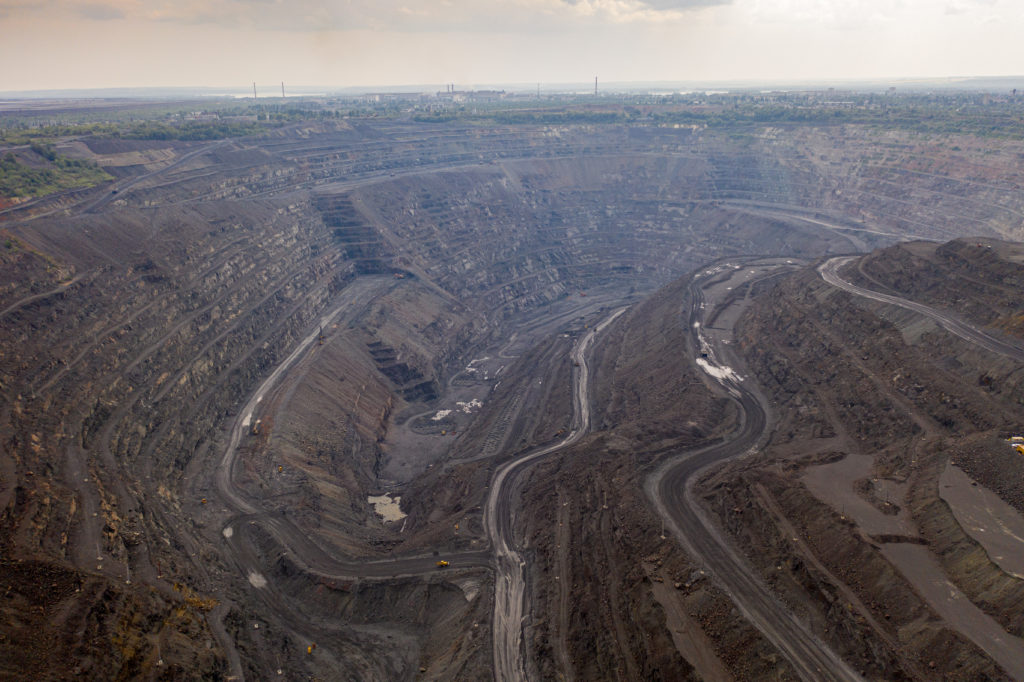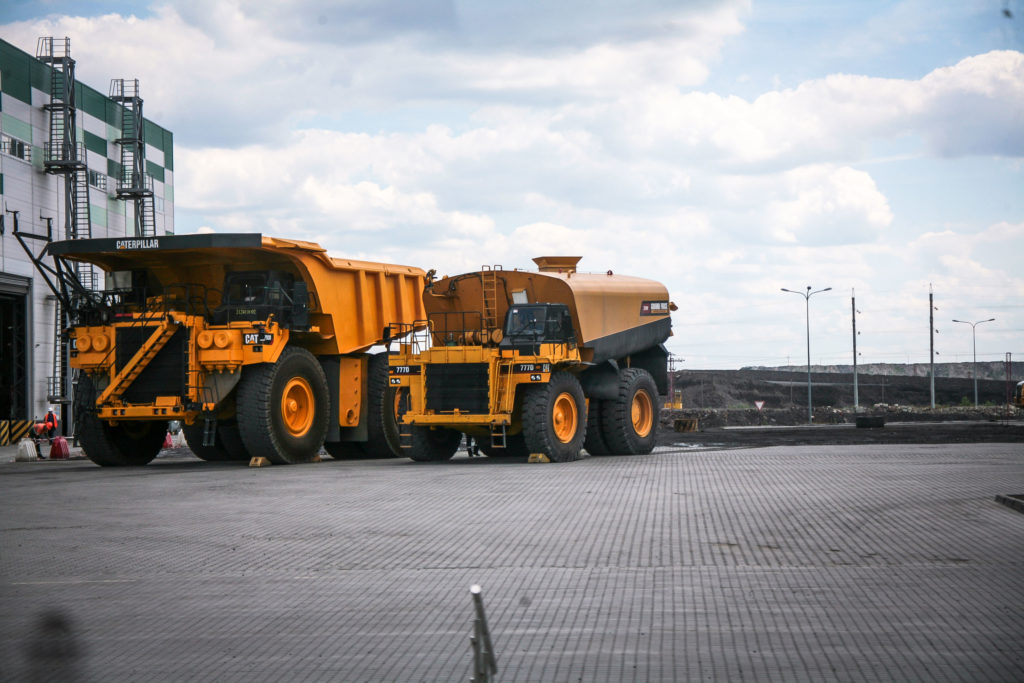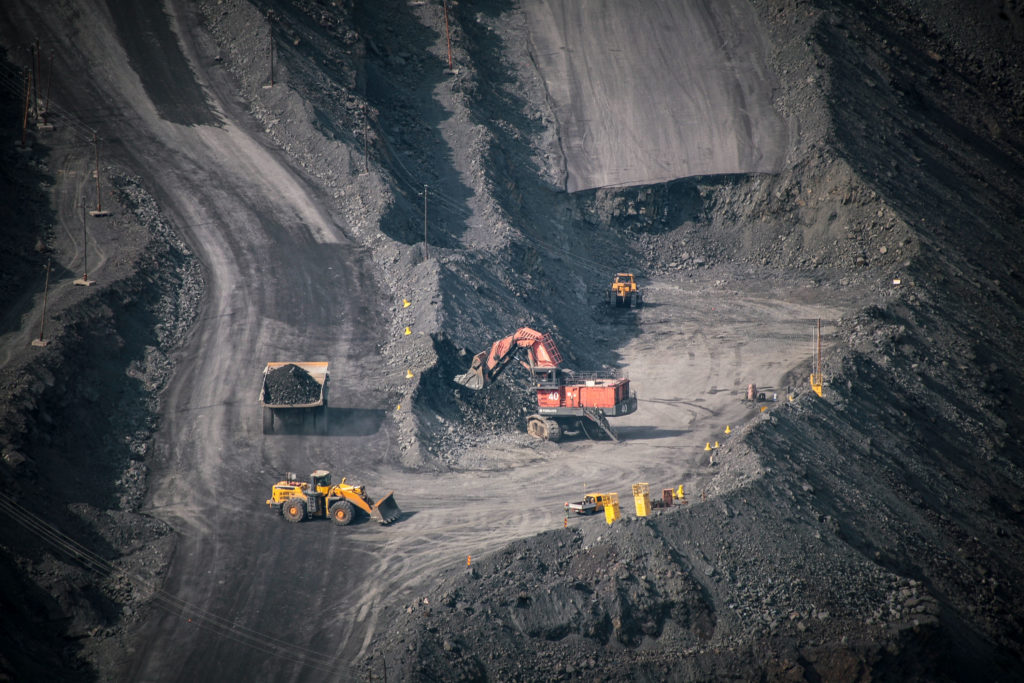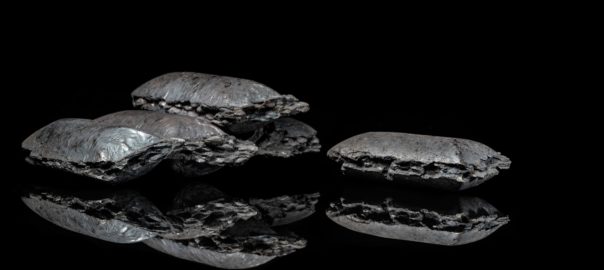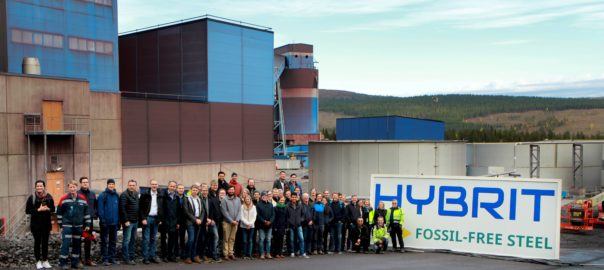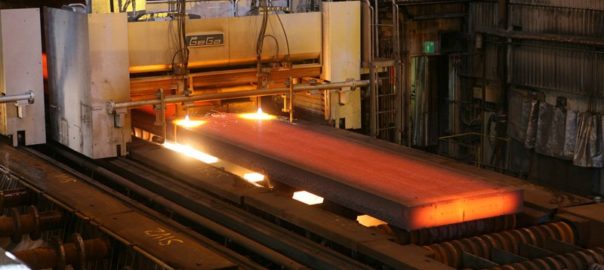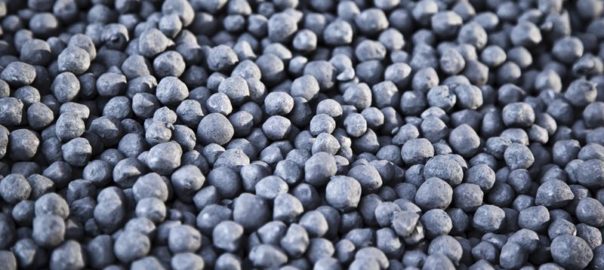Howden says it has been selected to deliver a hydrogen storage compression solution for HYBRIT, the world’s first fossil-free steel plant, in Svartöberget, Sweden.
A joint project between Sweden’s SSAB, LKAB and Vattenfall, HYBRIT is the deployment of a unique pilot project for large-scale hydrogen storage. This initiative leads the development of the world’s first fossil-free value chain for the iron and steel industry, to address renewable hydrogen storage.
Howden has been contracted to supply a high-pressure diaphragm compression package to seamlessly integrate the storage cycle of the hydrogen production. The hydrogen compression includes installation and commissioning of a packaged three stage diaphragm compressor.
The storage facility consists of a 100 cu.m hydrogen storage built in an enclosed rock cavern approximately 30 m below ground. This offers a cost-effective solution, with the necessary pressure required, to store large amounts of energy in the form of hydrogen, Howden said.
The reliability, efficiency and safety delivered by Howden’s compression solution matches with the large-scale hydrogen storage requirements, relative to the storage conditions and the evaluation of the amount of time during which the compression pressure remains at the desired level, it added.
HYBRIT supports the European Union’s Hydrogen Strategy and its ambition to install at least 6 GW of renewable hydrogen electrolysers in the EU by 2024 and at least 40 GW by 2030.
Salah Mahdy, Global Director – Hydrogen at Howden, said: “Our partnership with HYBRIT demonstrates Howden’s capabilities in developing and delivering state-of-art hydrogen compressor solutions, based on our long-standing compression expertise. We have over 100 years of experience in the compression of hydrogen, which is ideally placed to support the transition to a fossil-free energy system.
“We’re thrilled to be working on this ground-breaking project, which has the potential to reduce Sweden’s total carbon dioxide emissions by at least 10%. The steel industry currently accounts for about 7% of the world’s global carbon emissions, so the creation of a zero-emission steel is revolutionary, and may, in the future, help to reduce emissions from iron and steel production worldwide.”
Mikael Nordlander, Head of R&D Portfolio Industry Decarbonisation, Vattenfall, adds: “Fossil-free hydrogen is central to the HYBRIT process. Hydrogen can be produced cost-effectively through the electrolysis of water using fossil-free electricity. The hydrogen produced by the electrolysers can be used immediately or stored for later use. One of the key aspects of our storage facility relies on the hydrogen compression to be deployed in a contamination-free manner. Based on their proven technology, expertise and references, we are delighted to cooperate with Howden on the integration of a reliable compression solution for storage.”
Howden says it is focused on helping customers increase the efficiency and effectiveness of their air and gas handling processes enabling them to make sustainable improvements in their environmental impact. It designs, manufactures and supplies products, solutions and services to customers around the world across highly diversified end-markets and geographies.







